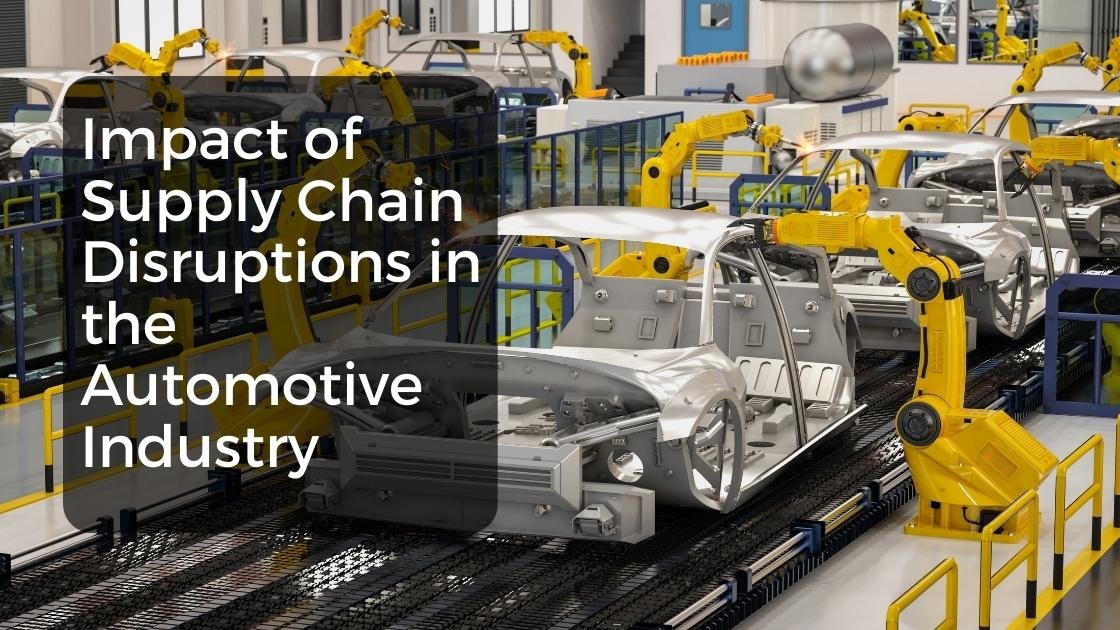In the intricate landscape of the automotive industry, the interwoven network of manufacturers, suppliers, and distributors faces an array of challenges that can disrupt operations and profitability. This is where the significance of automotive supply chain risk management becomes evident. By strategically identifying, assessing, and mitigating potential risks, companies in this sector can fortify their supply chains against various uncertainties.
Key Components of Automotive Supply Chain Risk Management
Risk Identification and Assessment
The first step in effective supply chain risk management is identifying potential risks. Automotive companies need to systematically assess both internal and external factors that could disrupt their supply chain. These risks can range from natural disasters, geopolitical tensions, and economic fluctuations to supplier bankruptcy, quality issues, and transportation delays. By comprehensively understanding these risks, companies can take proactive measures to mitigate their impact.
Supplier Relationship Management
Suppliers are the backbone of the automotive supply chain. Establishing strong relationships with suppliers is vital for risk management. Automotive companies should not only evaluate suppliers based on cost but also consider their financial stability, production capacity, geographic location, and track record. Diversifying the supplier base and fostering transparent communication can mitigate the risk of single-source dependencies.
Supply Chain Visibility and Transparency
Visibility across the supply chain is crucial for risk management. Companies should invest in technologies like Internet of Things (IoT) and blockchain to track inventory, shipments, and production processes in real-time. This transparency enables swift responses to disruptions and allows for accurate demand forecasting. Additionally, transparency aids in identifying bottlenecks and vulnerabilities within the supply chain.
Risk Mitigation Strategies
Once risks are identified, companies need to develop effective mitigation strategies. This could involve creating contingency plans for alternative sourcing, safety stock provisions, and backup production facilities. By having these strategies in place, automotive companies can reduce the impact of disruptions on their operations and maintain a consistent supply of parts and components.
Data Analytics and Predictive Modeling
Data analytics play a crucial role in automotive supply chain risk management. Companies can use historical data to build predictive models that forecast potential disruptions based on specific triggers. Predictive analytics allow for informed decision-making, enabling companies to allocate resources strategically and prepare for potential disruptions.
Business Continuity Planning
Automotive companies must have comprehensive business continuity plans in place. These plans outline the steps to be taken during a disruption to ensure minimal impact on production and customer service. Business continuity planning involves cross-functional collaboration, clear communication channels, and regular testing of the plans to ensure their effectiveness.
Regulatory and Compliance Considerations
Regulatory changes can significantly impact the automotive supply chain. Companies must stay informed about regulations related to safety, emissions, and trade. Adhering to compliance requirements ensures that the supply chain remains resilient and adaptable to changing legal landscapes.
Collaboration and Communication
Collaboration is key in supply chain risk management. Automotive companies should foster open communication with suppliers, distributors, and other stakeholders. By sharing information about potential risks and collaborating on risk mitigation strategies, the entire supply chain becomes more resilient to disruptions.
Scenario Planning
Scenario planning involves simulating various disruptions to assess their potential impact on the supply chain. By modeling different scenarios, companies can develop strategies to address each situation, reducing uncertainty and enhancing preparedness.
Continuous Improvement and Learning
Supply chain risk management is an ongoing process. Companies should regularly evaluate their risk management strategies, analyze their effectiveness, and incorporate lessons learned from past disruptions. This continuous improvement approach ensures that the supply chain remains adaptable and responsive to evolving risks.
Conclusion
In the dynamic realm of the automotive industry, safeguarding the intricate web of manufacturers, suppliers, and distributors is imperative. The roadmap to resilience lies within adept automotive supply chain risk management. By diligently discerning and addressing potential pitfalls, stakeholders can fortify their operations against a plethora of uncertainties. Embracing multifaceted strategies encompassing risk assessment, supplier collaborations, technological advancements, and adaptive planning, automotive supply chain risk management emerges as the cornerstone of sustainable industry progress.



